A point mass x = 20 kg, is suspended by a massless spring of constant 2000 N/m. The point mass is released when elongation in the spring is 15 cm. The equation of displacement of particle as function of time is (take, g =10m/s2)
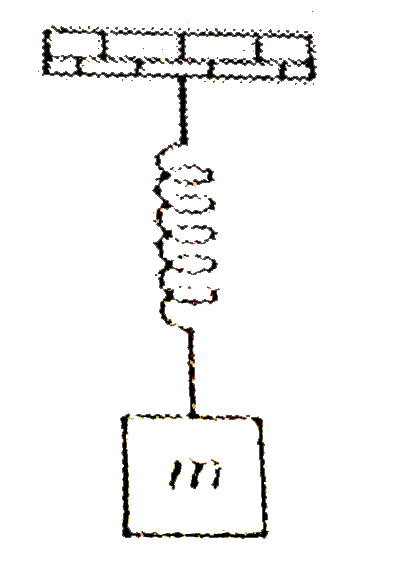
y = 10 sin 10t
Y = 10 cos 10t
y=10sin(10t+π6)
None of these
The correct Answer is:C
Topper's Solved these Questions
Similar Questions
A point mass m = 20 kg, is suspended by a massless spring of constant 2000 N/M. The point mass is released when elongation in the spring is 15 cm. The equation of displacement of particle as a function of time is ( Take g=10m/s2 )
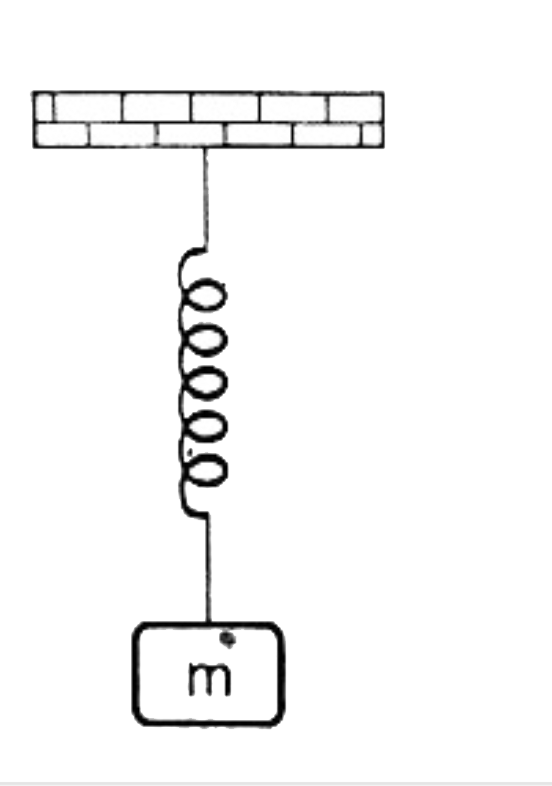
View SolutionA point mass m = 20 kg, is suspended by a massless spring of constant 2000 N/M. The point mass is released when elongation in the spring is 15 cm. The equation of displacement of particle as a function of time is ( Take g=10m/s2 )

View Solution
Knowledge Check
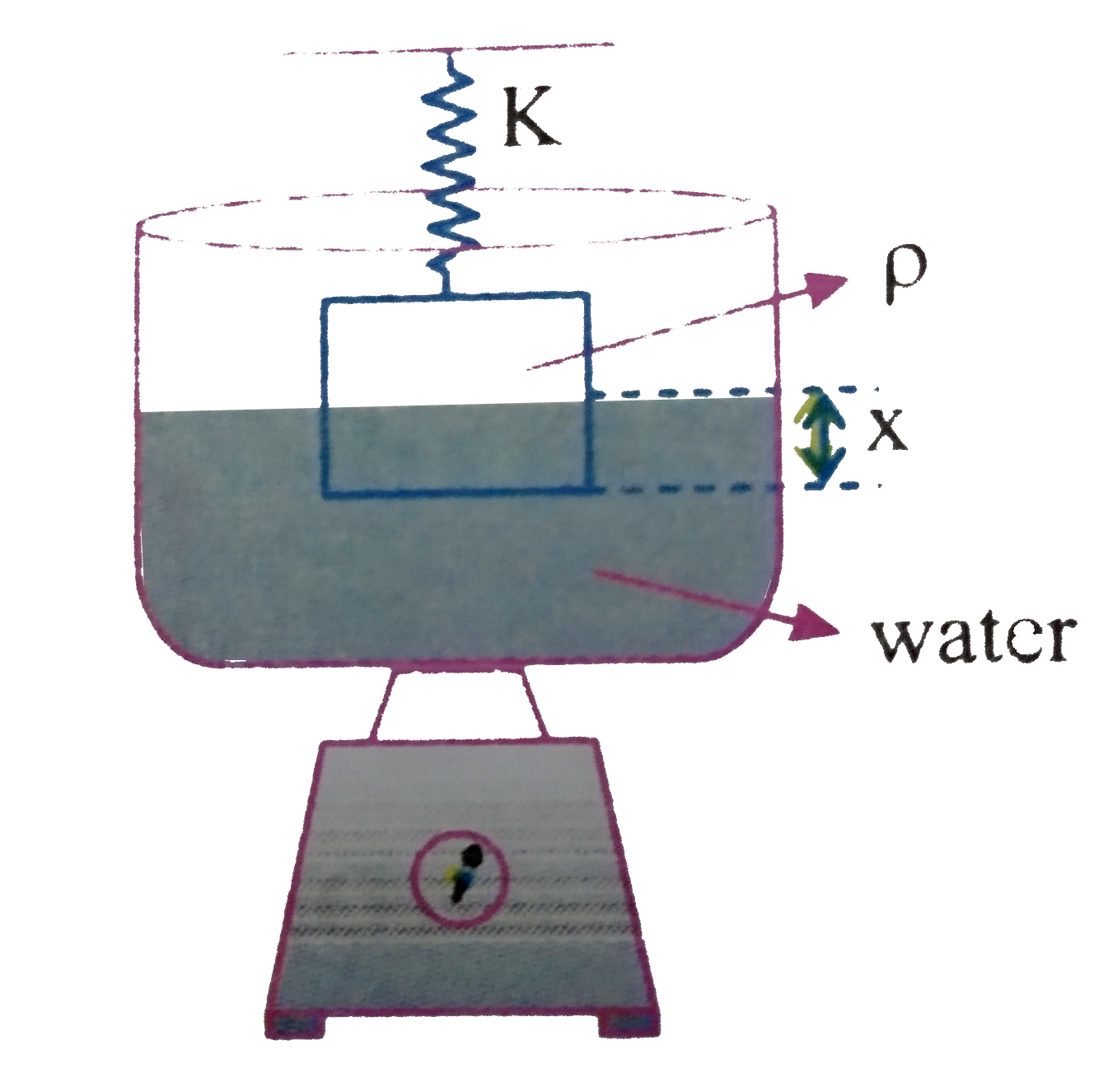
A vessel filled with water is kept on a weighing pan and the scale adjusted to zero. A block of mass 10 kg is suspended by a massless spring of spring constant k=100N/m. This block is submerged inside into the water in the vessel such that elongation i spring is x=10cm. What is the reading of the scale?A100 NB10 NC110 ND90 NA mass m=8kg is attached to a spring as shown in figure and held in position so that the spring remains unstretched. The spring constant is 200N/m. The mass m is then released and begins to undergo small oscillations. The maximum velocity of the mass will be (g=10m/s2)
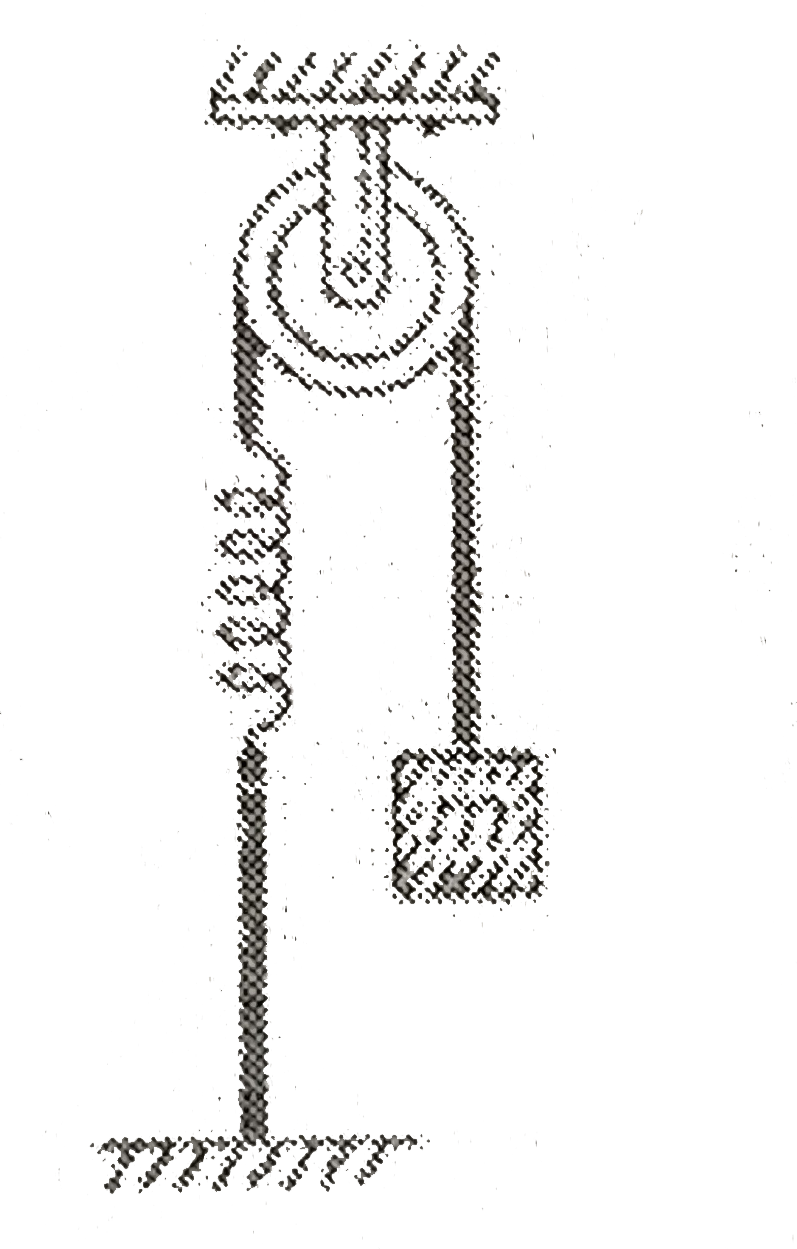 A1 m/sB2 m/sC4 m/sD5 m/s
A1 m/sB2 m/sC4 m/sD5 m/s
A block of 2 kg is suspended from the ceiling through a massless spring of spring constant k=100 N/m. What is the elongation of the spring? If another 1 kg is added to the block, what would be the further elongation?
View SolutionA block of 2 kg is suspended from the ceiling trhough a massless spring of spring constant k=100 N/m. What is the elongation of the spring? If another 1 kg is dded to the block, what would be the further eleongation?
View SolutionA block of mass 0.2 kg is attached to a mass less spring of force constant 80 N/m as shown in figure. Find the period of oscillation. Take g=10m/s2. Neglect friction
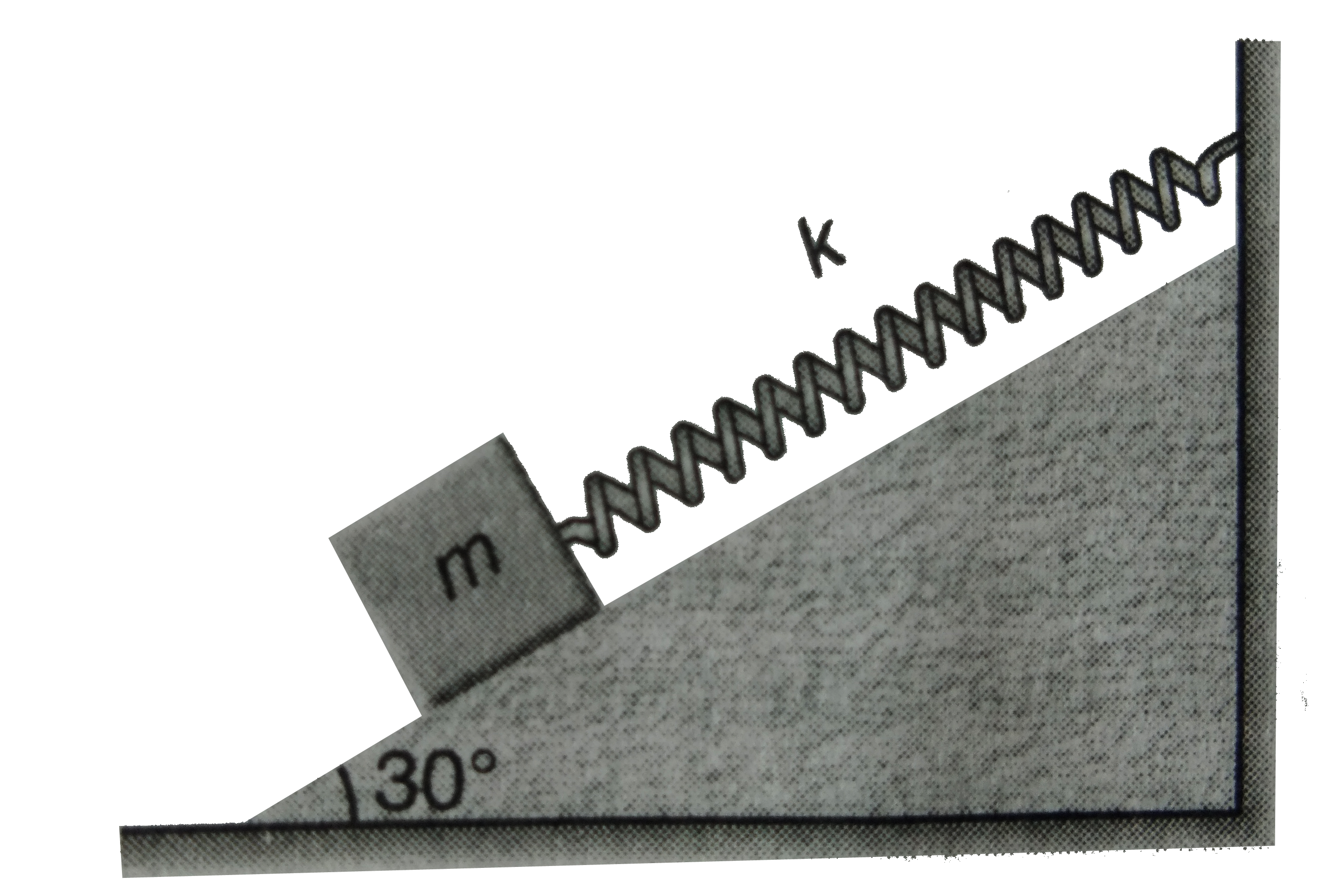
View SolutionThe block of mass m is released when the spring was in its natrual length. Spring constant is k. Find the maximum elongation of the spring.

View SolutionThe block of mass m is released when the spring was in its natrual length. Spring constant is k. Find the maximum elongation of the spring.

View SolutionA mass m = 8kg is attached to a spring as shown in figure and held in positioin so that the spring remains unstretched. The spring constant is 200 N/m. The mass m is then released and begins to undergo small oscillations. The maximum velocity of the mass will be (g=10m/s2)

View Solution
